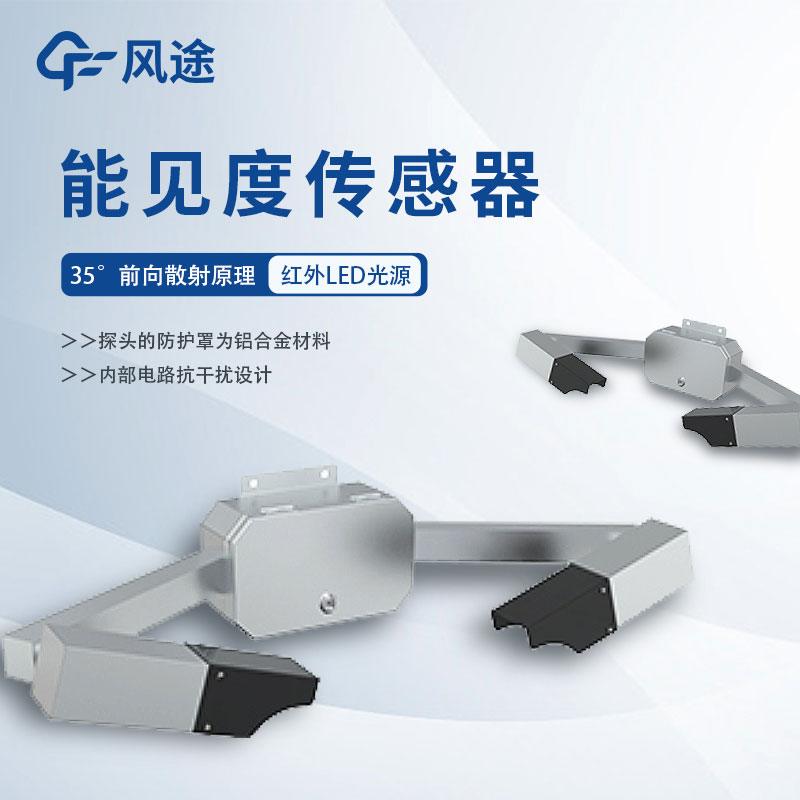Meteorological environment monitoring equipment supplier
Insist on doing high-precision customer favorite technology products
Visibility measurement is a necessary step in weather forecasting and aviation and traffic safety. Visibility is a measure of the distance of an object far from the ground that is visible at a given weather station, directly with the naked eye, or by some auxiliary means. Visibility is to measure the degree of light uptake and reflection of substances such as water, fog, aerosol dust, haze and smoke in the atmosphere, so it is an important indicator to evaluate the degree of visibility in the atmosphere.
In the modern society with increasingly prominent air pollution, visibility is not only related to safe driving and flying, but also related to environmental monitoring, early warning and management. For example, in the aviation sector, low visibility weather will affect the safety of airport take-off and landing and flights; In road transportation and railway traffic, low visibility weather will increase the incidence of car accidents, resulting in loss of personnel and property; In urban air quality monitoring and environmental management, visibility measurement also plays an important role in improving air quality, managing pollution sources, preventing pollution, and early warning.
Therefore, measuring visibility can help people to understand the atmospheric conditions in time, accurately predict the weather conditions and provide early warning information, make all kinds of meteorological disaster preparedness and response measures, and effectively protect people's lives and property safety.
Visibility sensor is used to measure the visibility of the atmosphere in real time equipment, the sensor is widely used, the following are some of the main uses of visibility sensors:
Aviation monitoring: For air traffic, measuring visibility is very important because low visibility can have an impact on aircraft takeoff, landing and flight. Visibility sensors are used by airlines and airport authorities to ensure that aircraft land and take off at the right level of visibility, improving flight normality.
Road traffic monitoring: In road traffic, low visibility can lead to accidents and traffic congestion. Visibility sensors can send real-time data to traffic signal systems to help traffic managers better allocate traffic flow and provide early warning to drivers.
Air quality monitoring: Low visibility is often a sign of air pollution, especially in cities. Visibility sensors can monitor aerosols, fog and other substances in the air to improve environmental protection planning and policy development.
Smart City: Visibility sensors can be integrated into smart city systems to monitor traffic flow and improve a city's energy efficiency. It can provide urban planners and architects with advice on urban design.
In short, visibility sensors can provide a variety of information related to flight safety, traffic safety and environmental protection, which is of great significance to decision makers and decision executors.
